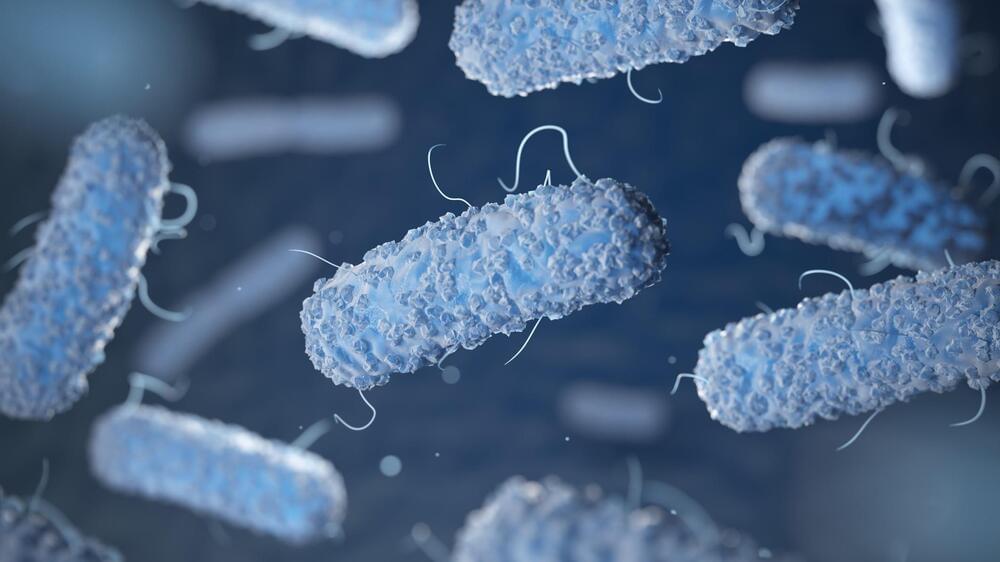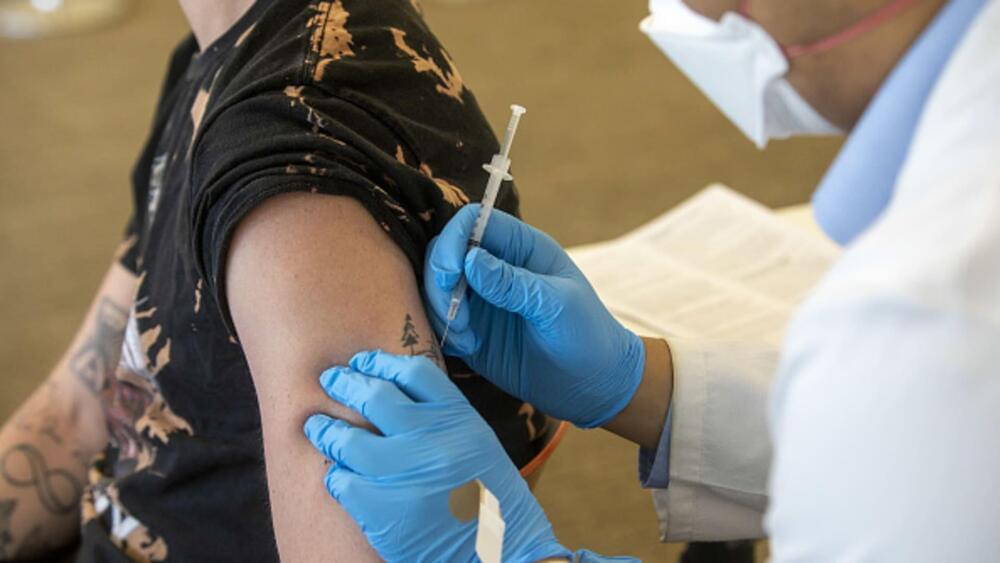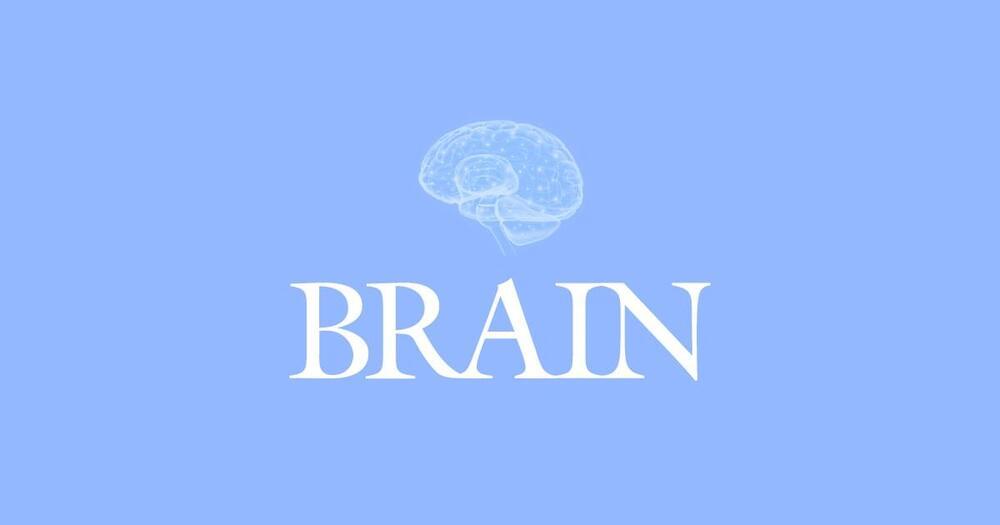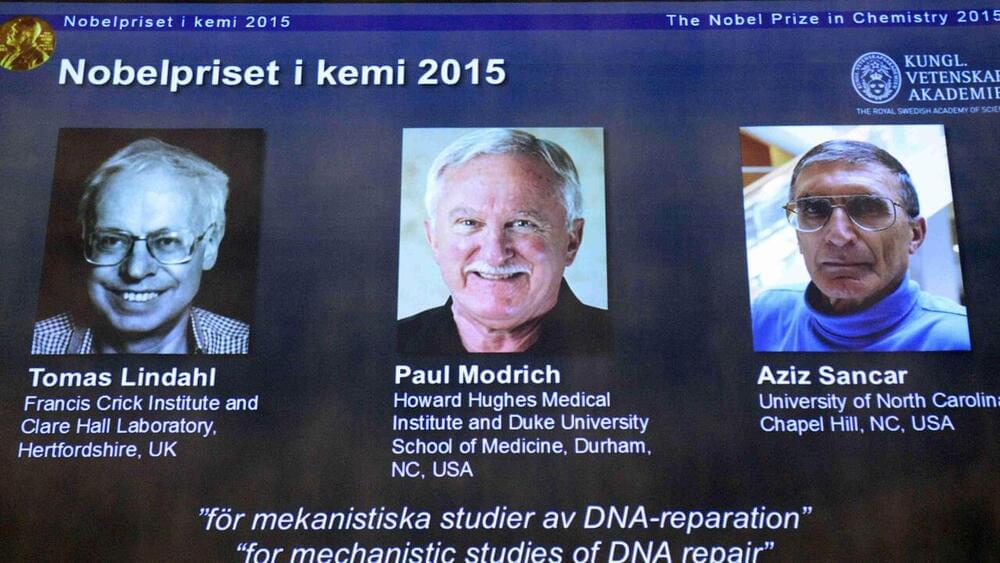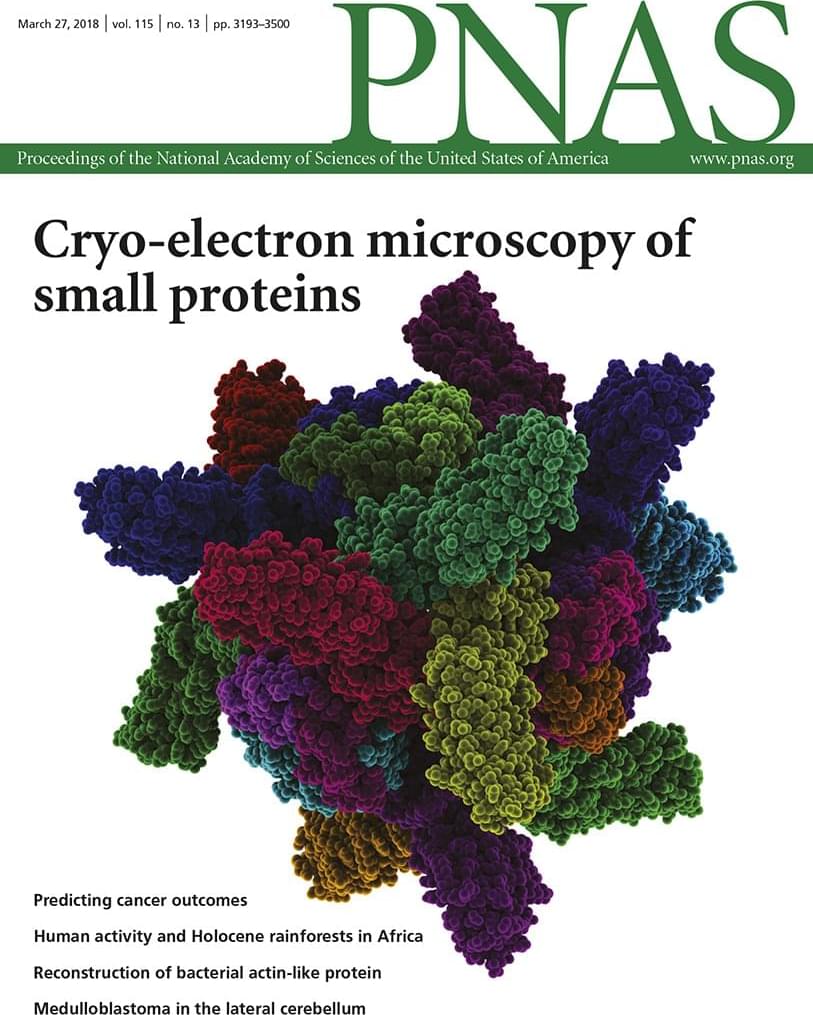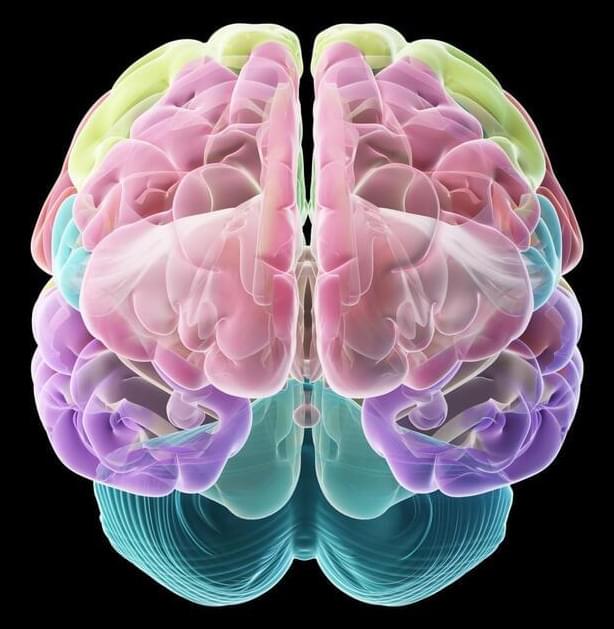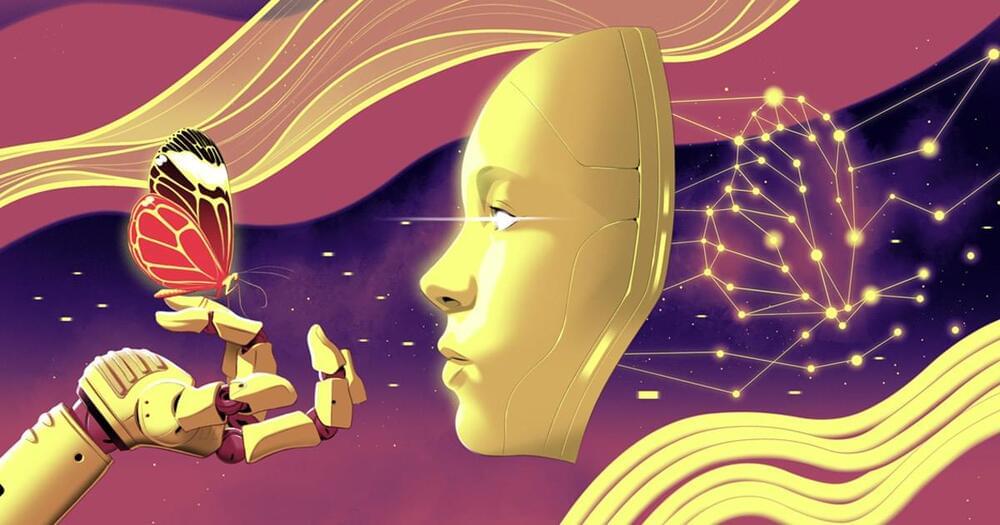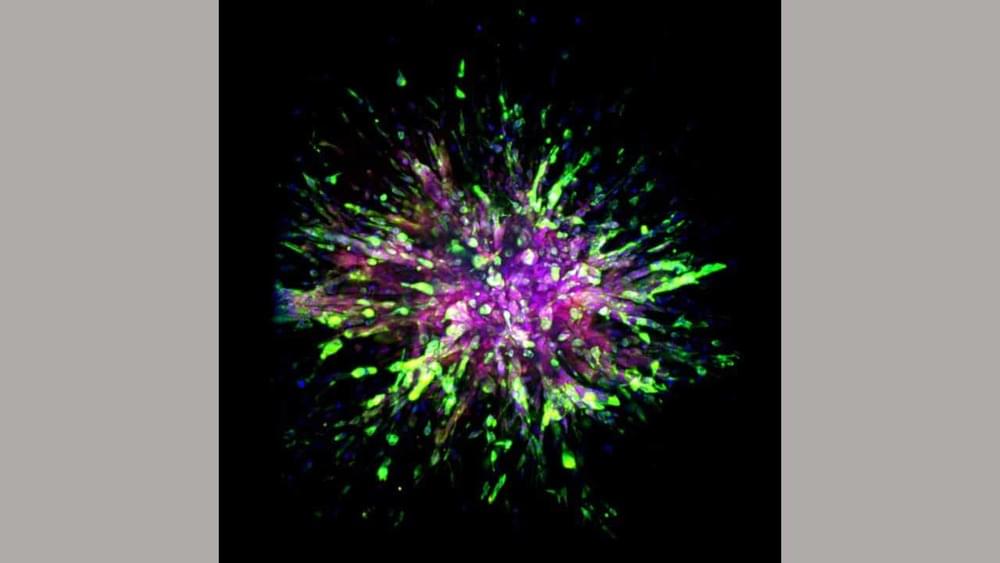Monocytes, a type of white blood cell, are alone capable of facilitating faster wound healing, says study.
Scientists from the University of Calgary, Canada, have discovered a promising new approach to treating bacterial skin infections. The research showed that monocytes alone are capable of facilitating faster wound healing. The researchers’ next step is to better understand how immune cells like neutrophils function during infection. Researchers have discovered a promising new approach to treating bacterial skin infections.
A team of scientists from the University of Calgary, Canada, revealed new insights which could lead to advancements in the treatment of bacterial infections and wounds, according to a study published in Nature science journal on Friday.
“It is exciting that we have made a fundamental discovery that could improve infections and tissue repair in humans, especially hard-to-treat cases,” said the study’s first author Dr. Rachel Kratofi in the press release. “Translating our research from bench to bedside will require many more experiments and involve a model more closely related to human disease.”
The research showed that monocytes alone are capable of facilitating faster wound healing. Monocytes contribute to wound healing by regulating leptin levels and blood vessel growth. They also produce ghrelin, a hormone that aids in wound healing. Historically, researchers believed that neutrophils and monocytes (white blood cells) were both recruited to clear bacteria from an infected site on the skin. When these cells work together, they serve as our bodies first line of defense against the immune system. The connection between metabolic hormones and tissue repair Ghrelin is produced by the stomach when you are hungry, whereas leptin is produced by fat cells after you eat a meal and feel full. This ghrelin-leptin balance has long been recognized as important for metabolism and diet. Still, its relationship to immune mechanisms and tissue repair has been unknown until now. Kratofil was able to visualize the immune response to Staphylococcus aureus (S. aureus) bacteria in an animal model using intravital microscopy, which allows observation of live cells and is a specialization of the university’s Kubes Lab.
Full Story:

